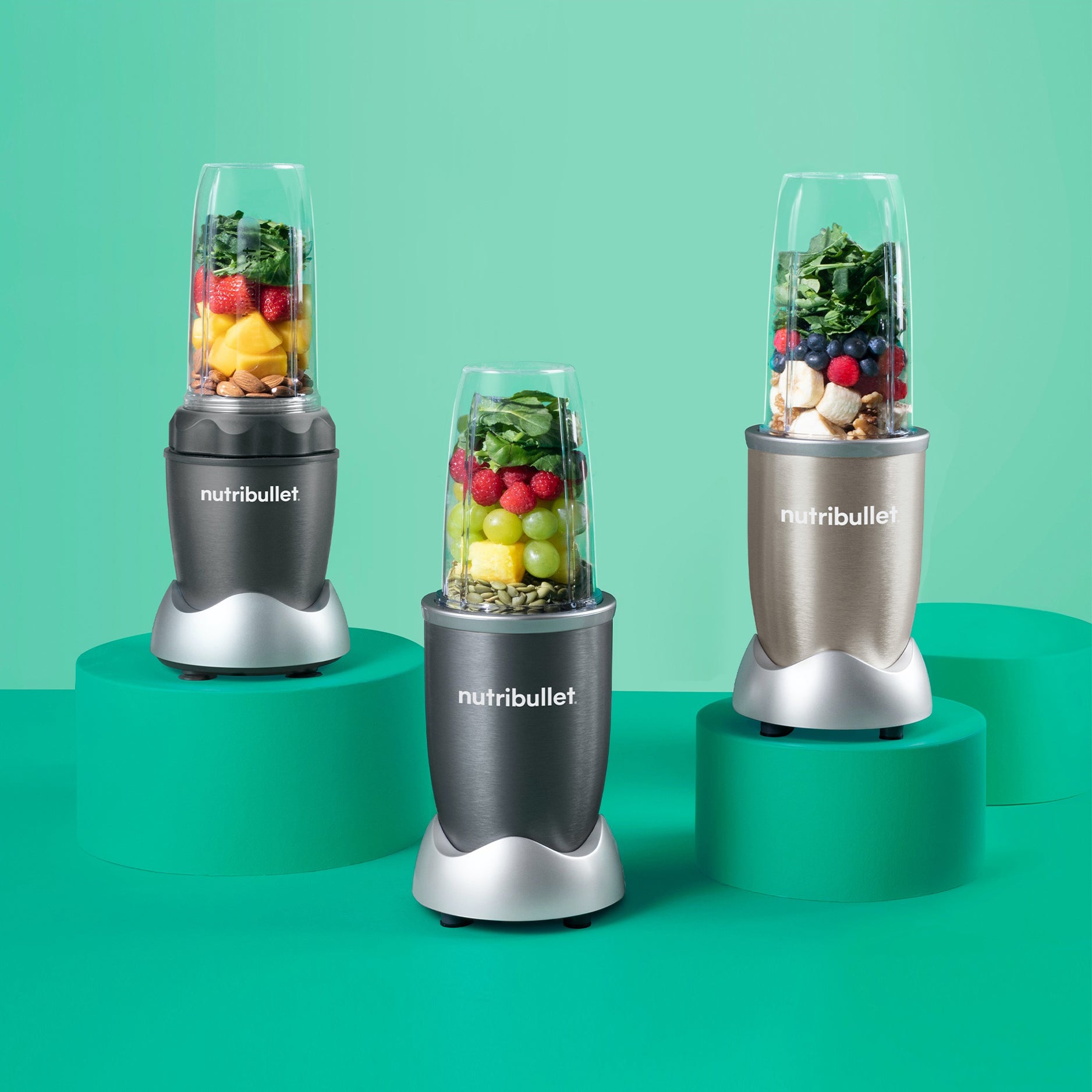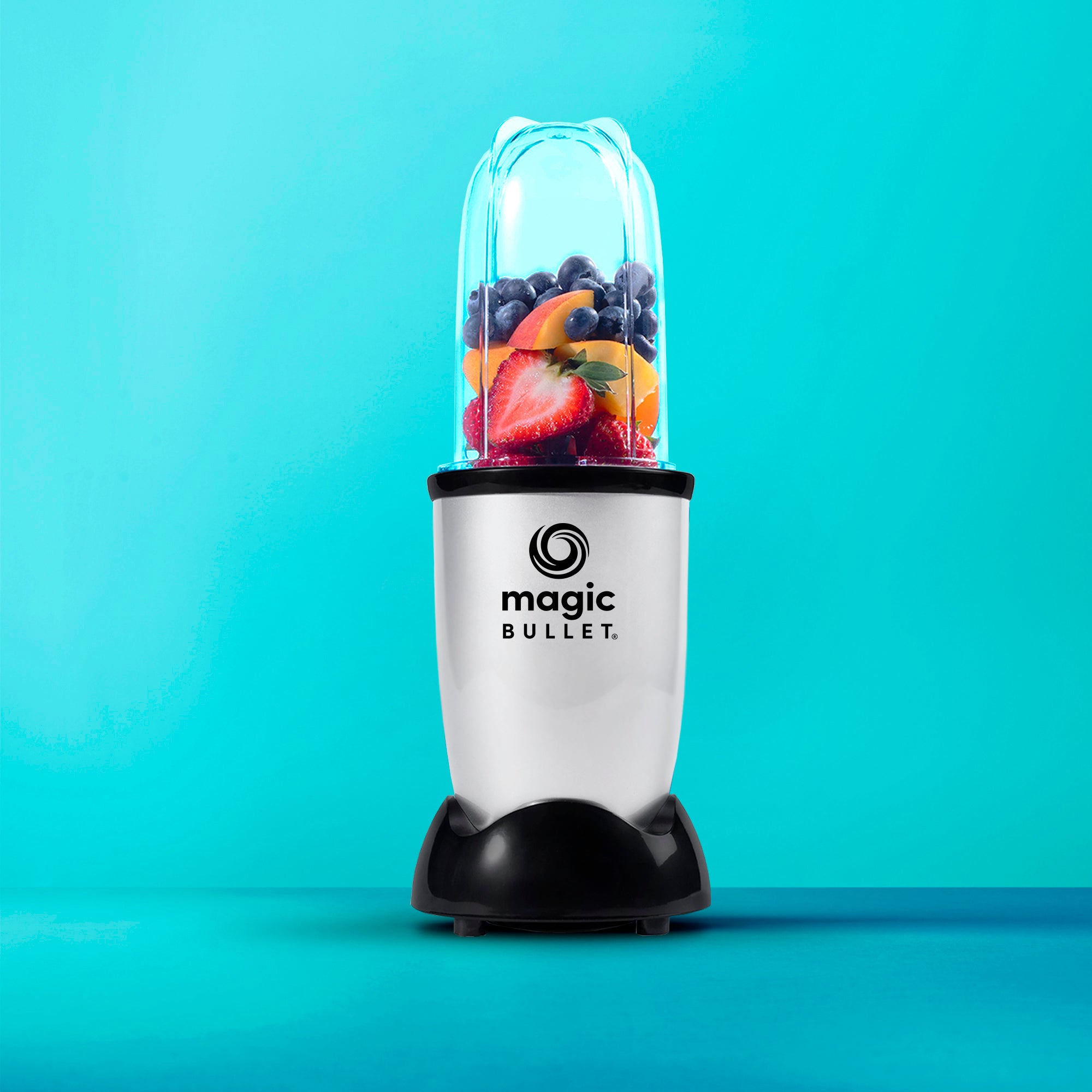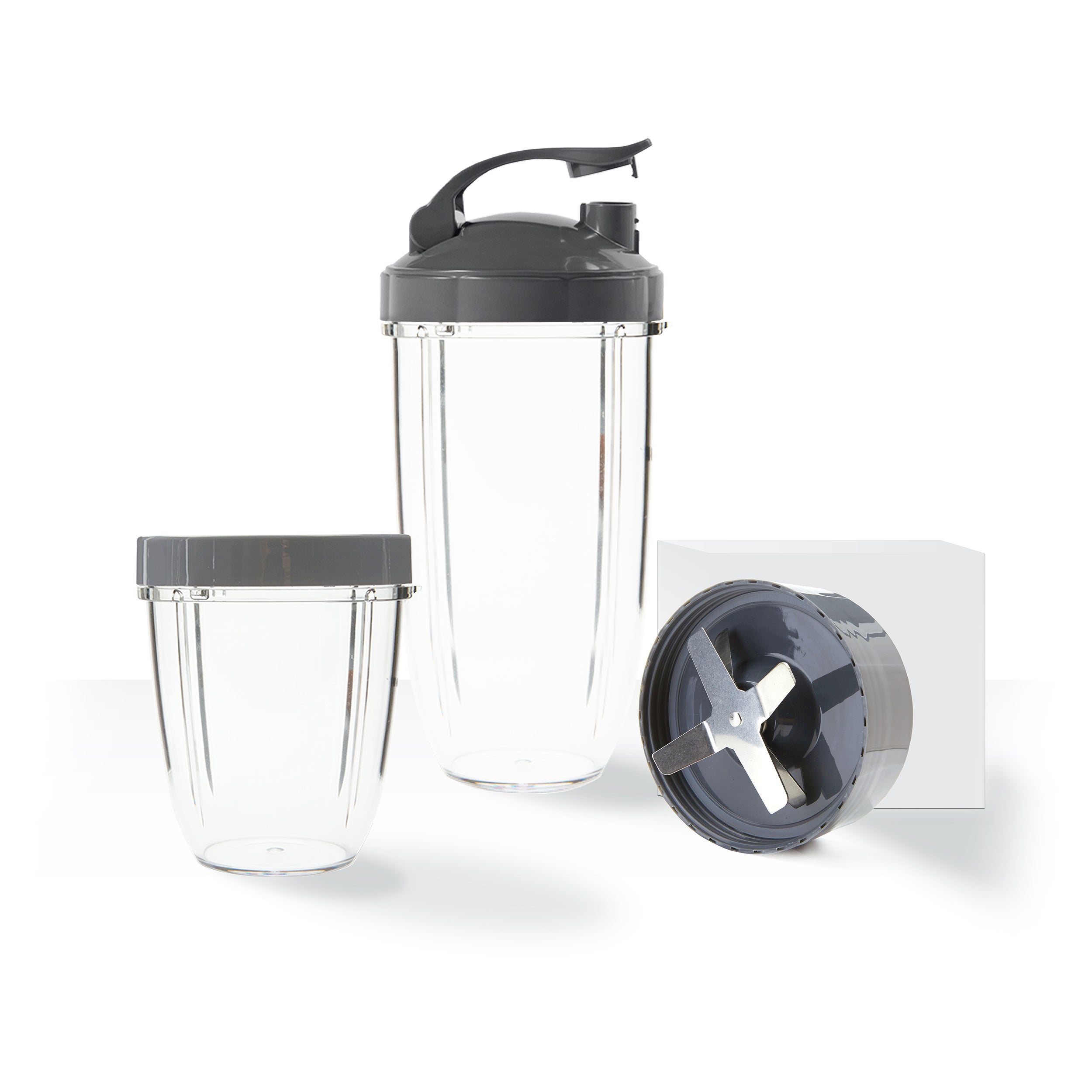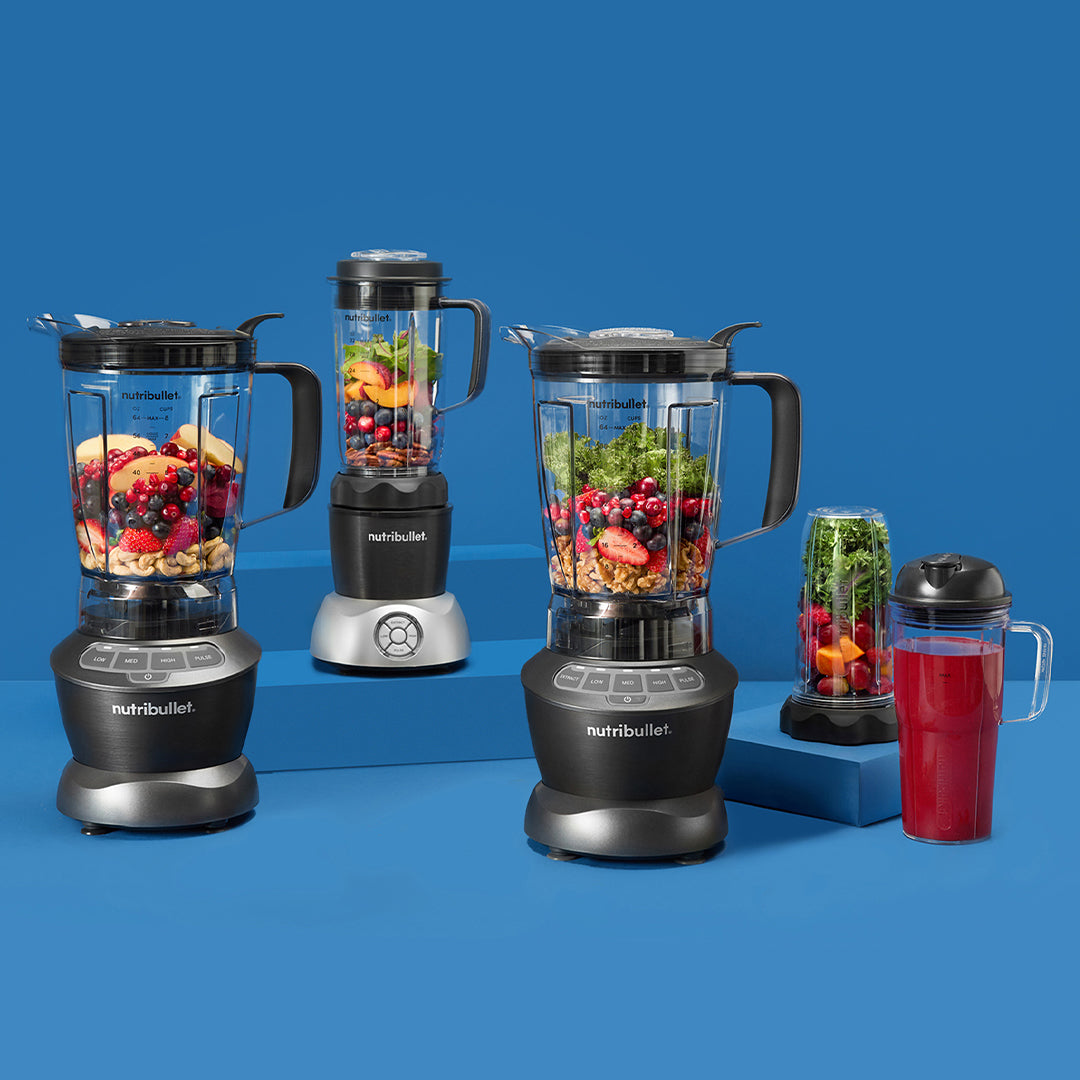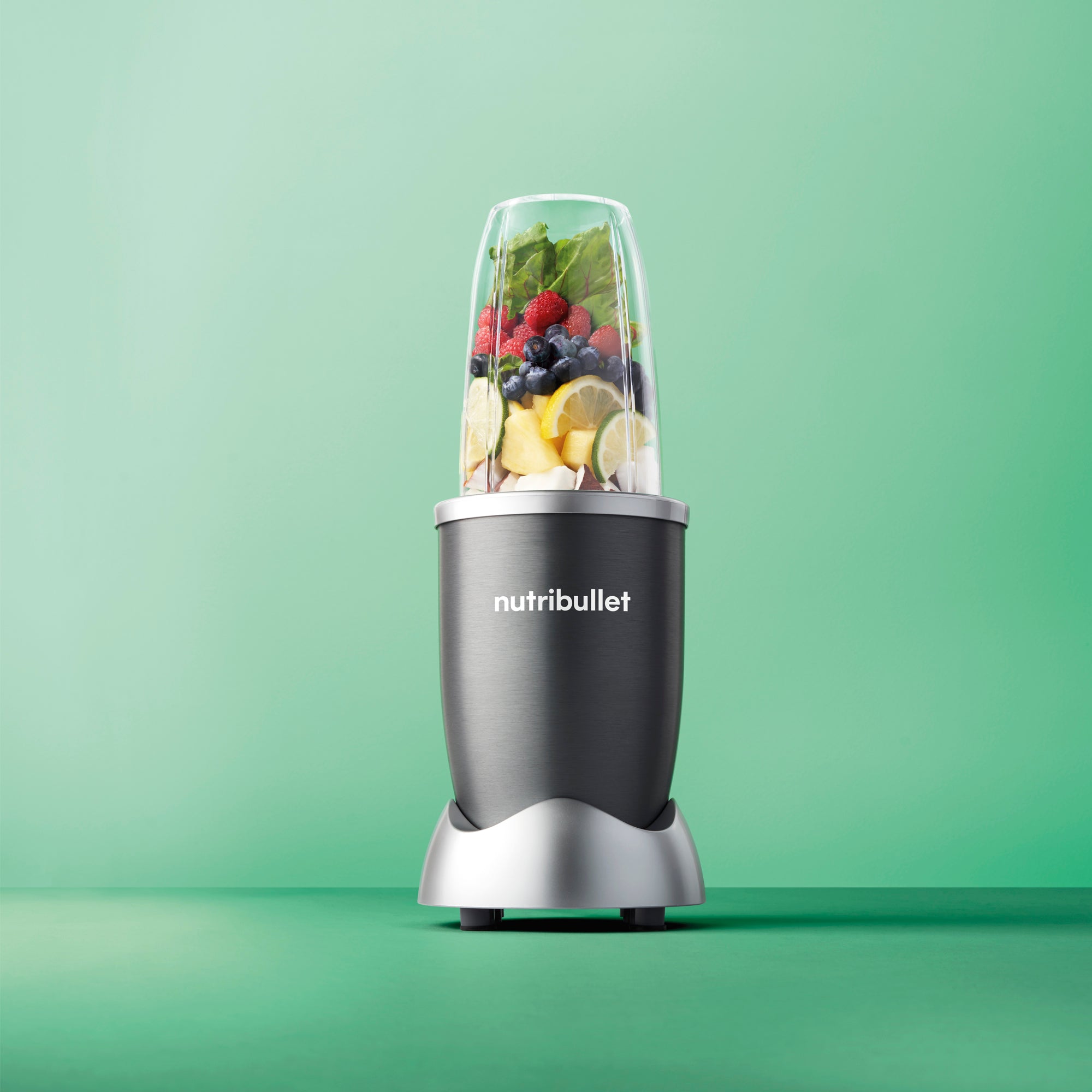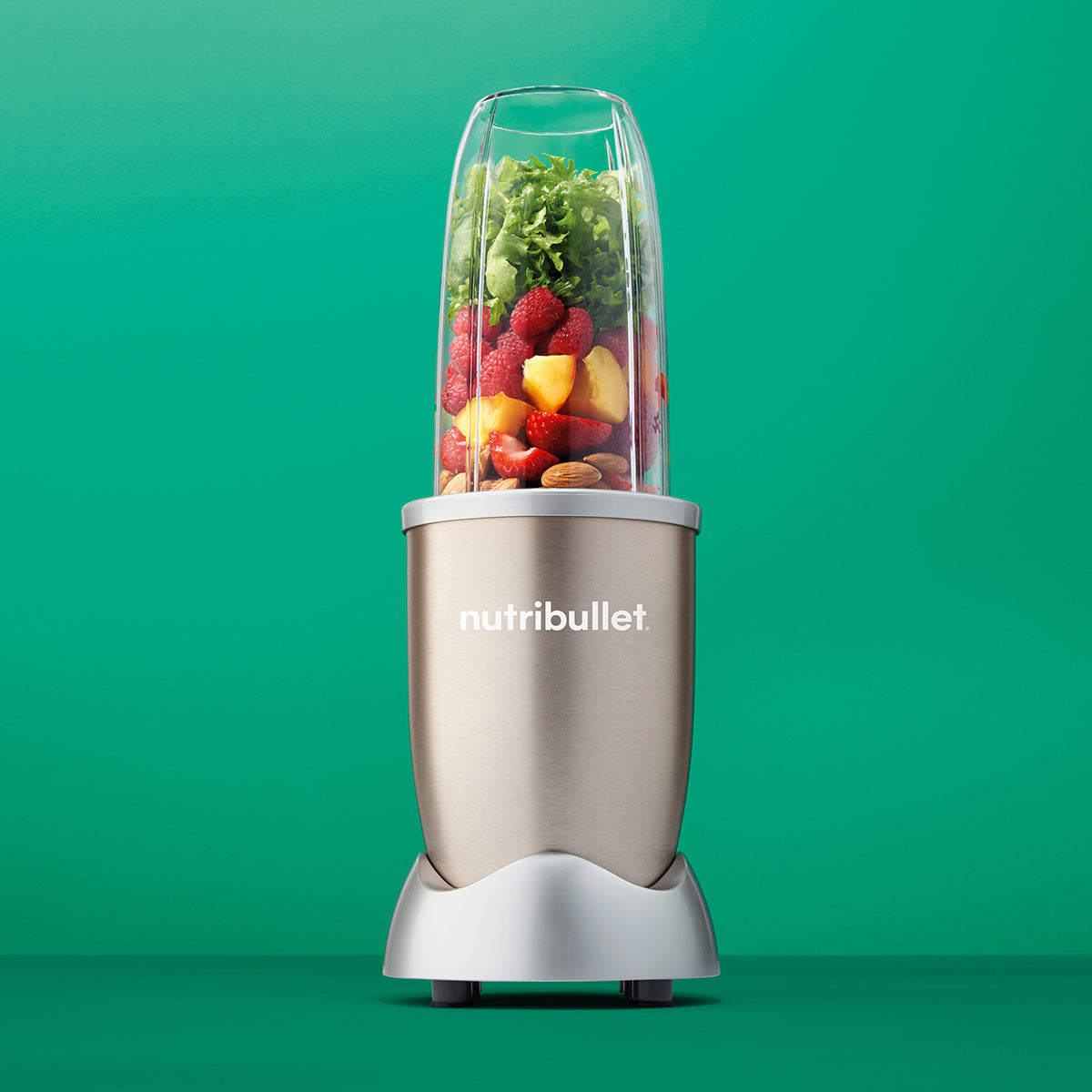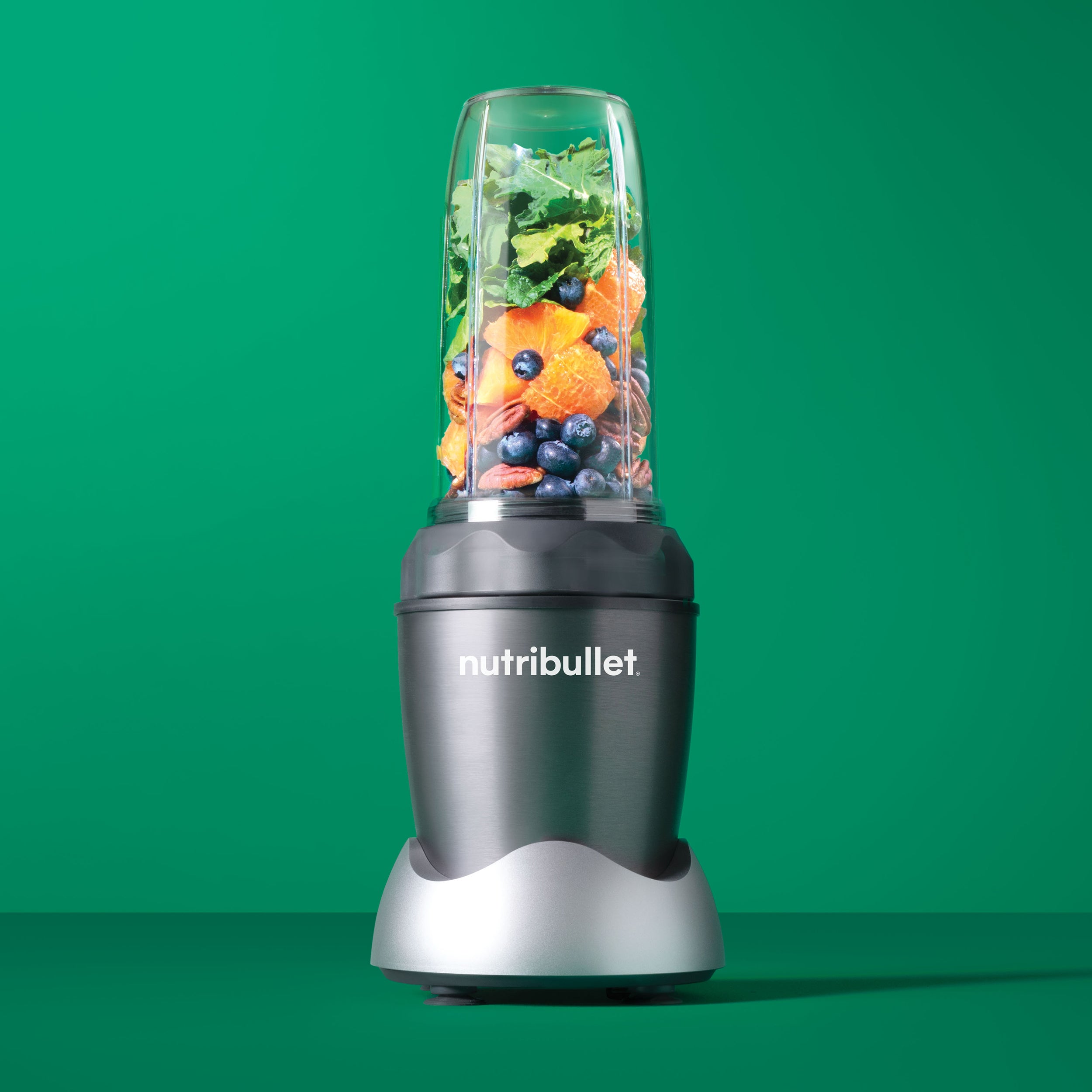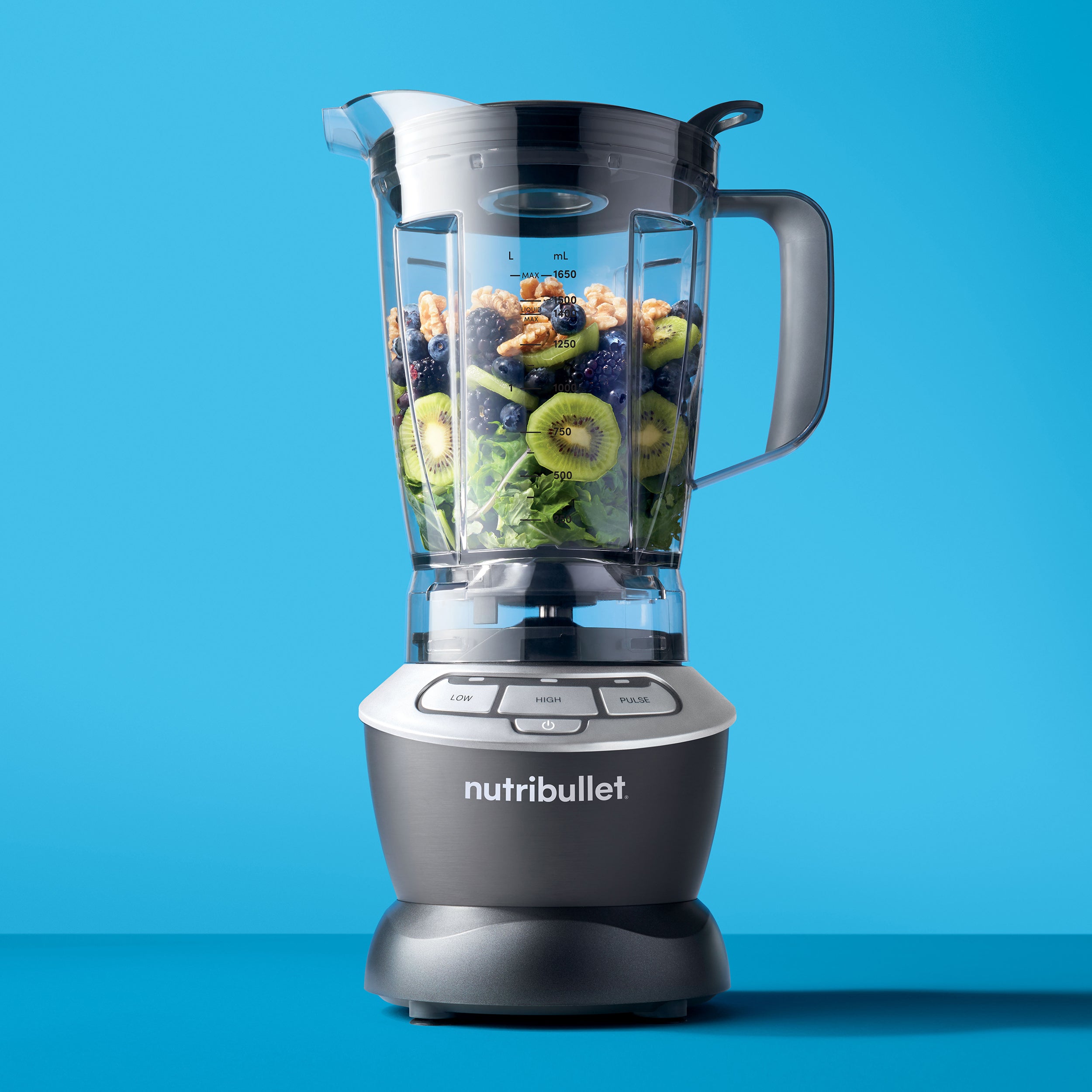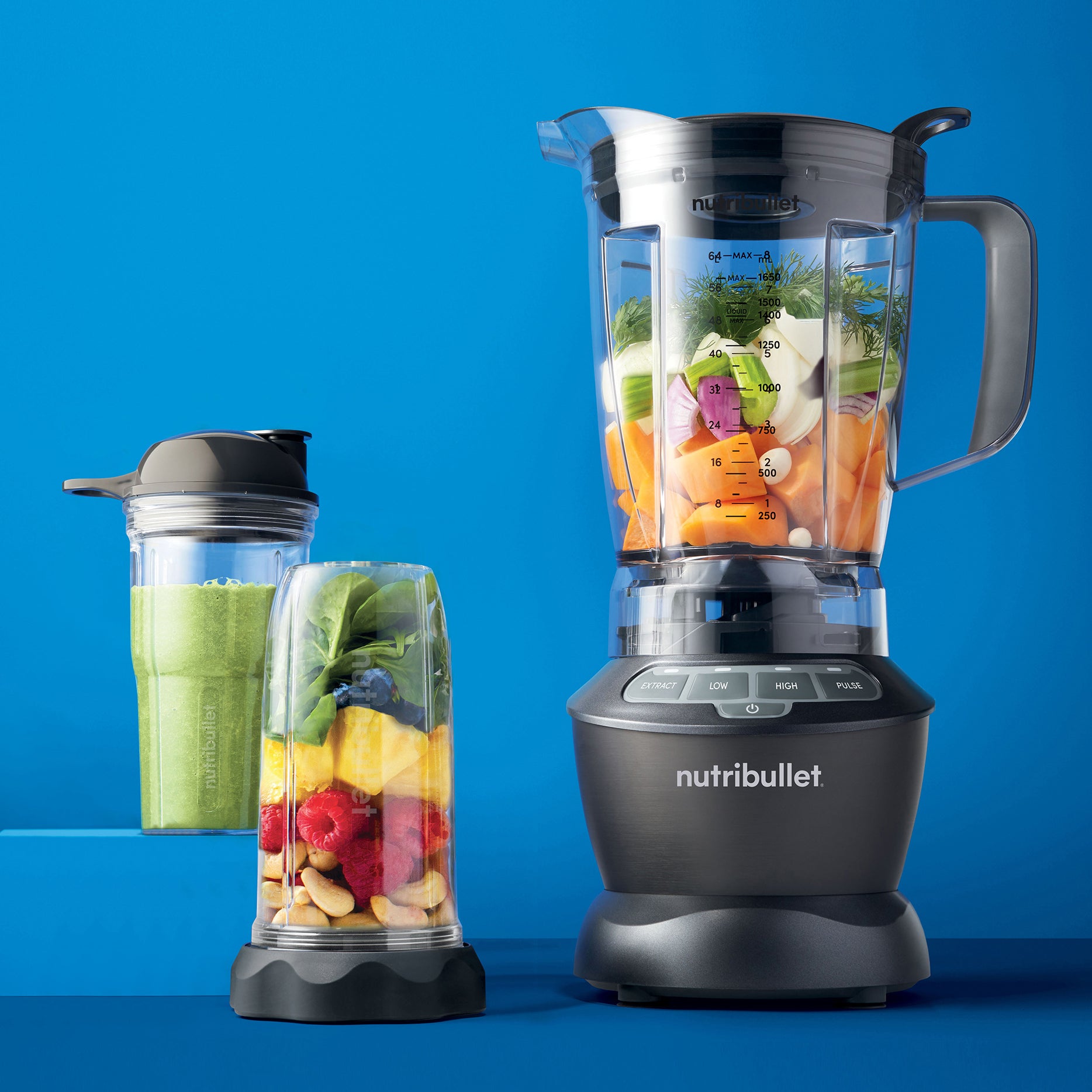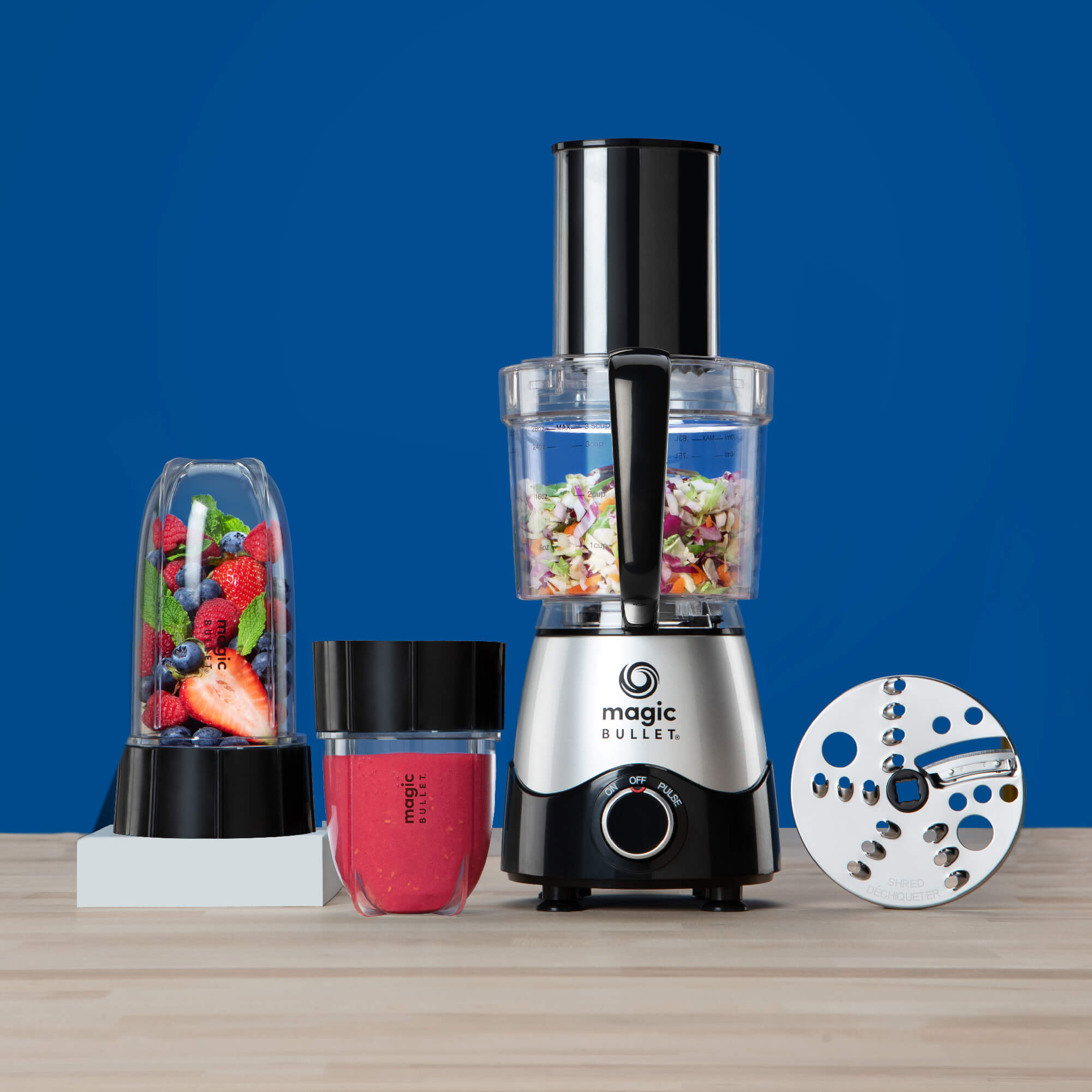Each day, you hear another health-related horror story – a close friend being diagnosed with cancer, a co-worker collapsing due to a heart attack, an uncle experiencing a massive stroke. You read about the scourge of obesity, cardiovascular disease, and your ever-increasing risk of all sorts of cancers. You begin to feel more than a little helpless. Is your chance of succumbing to an awful illness due to your unlucky DNA and a random twist of fate? No; for the most part, you play a crucial role in the maintenance of your own health! The good news is that there is so much you can do!
Despite the considerable advances in medicine, there are still conditions within medical science that remain unsolved. Although we’re getting closer, we still don’t have real, long-term solutions and cures for many brain tumors or pancreatic, stomach and childhood cancers. However, we do have some of the answers to many of our biggest health threats. The number one killer in the U.S. and other developed countries worldwide is heart and cardiovascular disease, followed by the preventable and easily detectable cancers. These conditions are often grouped together as the Chronic Diseases of Lifestyle since they are the results of our lifestyle choices and habits.
Follow the Good News!
Science and medicine have a clear understanding of the causes of many chronic diseases. The remarkably good news is that over 70 percent of disease risk factors can be controlled by our lifestyle choices! This, for a large part, lies in your ability to take very special care of your health.
Go for Screenings
Only YOU have the power to lead a healthy lifestyle that promotes vitality and wellbeing. A small lifestyle adjustment can have a dramatic effect on your health outcomes.
Many chronic diseases, like diabetes, heart conditions, and some cancers, can be detected early. Whether you’re in your twenties or sixties, it is never too late to optimize your health. At every stage in life, there are different health conditions to be on the lookout for. Understanding your health parameters is your priority.
Health screening is the process of performing simple investigations to detect any abnormalities. Screenings are also performed in healthy asymptomatic people.
-
Self-Screening
Health prevention can be as simple as a monthly breast self-examination or even skin self-examinations to check if sun spots have grown or become red or itchy. -
Doctor Screening
Non-invasive screenings for blood pressure, weight, and body mass index can be performed by your doctor at every visit. More telling screenings include urine or blood tests that can measure cholesterol and lipid (fat) levels to test for risks of heart disease, blood glucose levels to check for diabetes and pre-diabetes, or liver enzymes level. A urine test should be conducted every 3 to 5 years.Although most people over the age of 40 usually have their cholesterol, blood lipids, and blood glucose levels checked with a full medical examination, it’s definitely valuable at a younger age to have these tested. You thereby have a baseline level to measure against all future tests. If these levels are normal, there’s usually no need to have them checked again for at least five years. If abnormal, they should be tested yearly. A blood test called PSA is recommended for men over 50 years of age, along with a clinical examination by the doctor.
Other screenings can be performed by your primary care provider, like a doctor or nurse. These screenings include annual Pap smears for cervical cancer and simple skin screenings for unusual skin lesions. Regular eye examinations and hearing testing are also recommended, especially for those over 50.
X-rays are not necessary for healthy asymptomatic individuals. The only exception is a mammogram, which is a vital screening measure for all women over 40 – or earlier if they have a family history of breast cancer.
-
Endoscopy
A colonoscopy is a recommended screening for everyone over 50 years of age in order to rule out colon cancer and detect early cancerous polyps in the colon.
Get to Know Your Scores!
It’s empowering and motivating to know your biometric scores to ensure you keep them in the optimal range. Your doctor, or even a gym trainer, can determine your body mass index (BMI) and body fat percentage. Your BMI is a very useful parameter that measures your height (squared) over your weight. A healthy numerical value should fall between 20 and 25. These measurements are based on the World Health Organization’s global standards.
There is also a cluster of factors called your Cardio-Metabolic Risk (CMR), which, if abnormal, suggests that you may be at high risk for heart and vascular disease. Examples of some CMR include high blood sugar, high cholesterol, high blood fats, high blood pressure and an enlarged waist circumference – over 40 inches for men and over 36 inches for women. Get to know these parameters, and if they’re above the normal targeted range, you can make small lifestyle changes to reach healthier numbers.
Implement the Best Lifestyle Strategies.
By now, you know the fundamental steps required to ensure robust health. Unfortunately, work and life just get in the way of your best intentions. Right now is the best time to put those healthy strategies in place! Stop smoking, cut down on your alcohol intake, and resume your regular exercise program. Walk briskly, jog, swim or cycle at least three times a week for at least 30 minutes each time, and add some stretching, flexibility and weight training to the plan.
Ensure that you are eating a diet that’s at least 80 percent filled with whole, nutritious foods. Eating healthy can be fun and easy! Simply follow any one of these recipes to whip up a delicious smoothie, packed with antioxidants and super-nutrients, once or twice a day. Skip the takeout and vending machines at work and enjoy a supercharged smoothie each day with the NutriBullet PRO Workplace Wellness Kit!
November is an important month for many employees in terms of healthcare. During that time, employees in the United States are able to make changes to their health plans, which can include dental, vision, and medical care. In addition, a lot of companies schedule health screenings for preventive measures and data gathering on their workforce. Talk to your health care provider about your results and what they mean for your general health. And learn how small changes in your diet and habits can help improve your numbers.
There are some things in life that are completely out of your hands, but your health doesn’t have to be one of them. Eating a nutritious and balanced diet, getting adequate exercise, and seeing your doctor for regular check-ups and screenings are all important steps that’ll help you take control of your health and wellbeing.
Nutritional information
Recipe: Creamy Green Strawberry Dream Serving in this recipe:1
- Calories: 236.6
- Total Fat: 3.6 g 5.5%
- Saturated Fat: 0.4 g 1.9%
- Cholesterol: 0 mg 0%
- Sodium: 358.7 mg 14.9%
- Total Carbs: 45.7 g 15.2%
- Dietary Fiber: 9.9 g 39.4%
- Sugar: 22.1 g
- Protein: 8.1 g 16.2%
- Vitamin A: 481.9% Vitamin C: 244.1%
- Calcium: 68.5% Iron: 26.1%
* Percent Daily Values are based on a 2,000 calorie diet. Your daily values may be higher or lower depending on your calorie needs.

